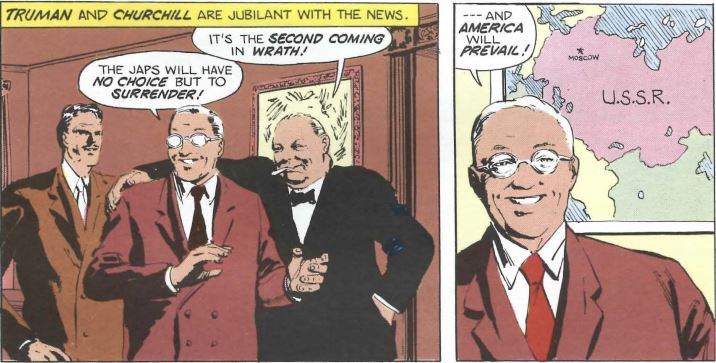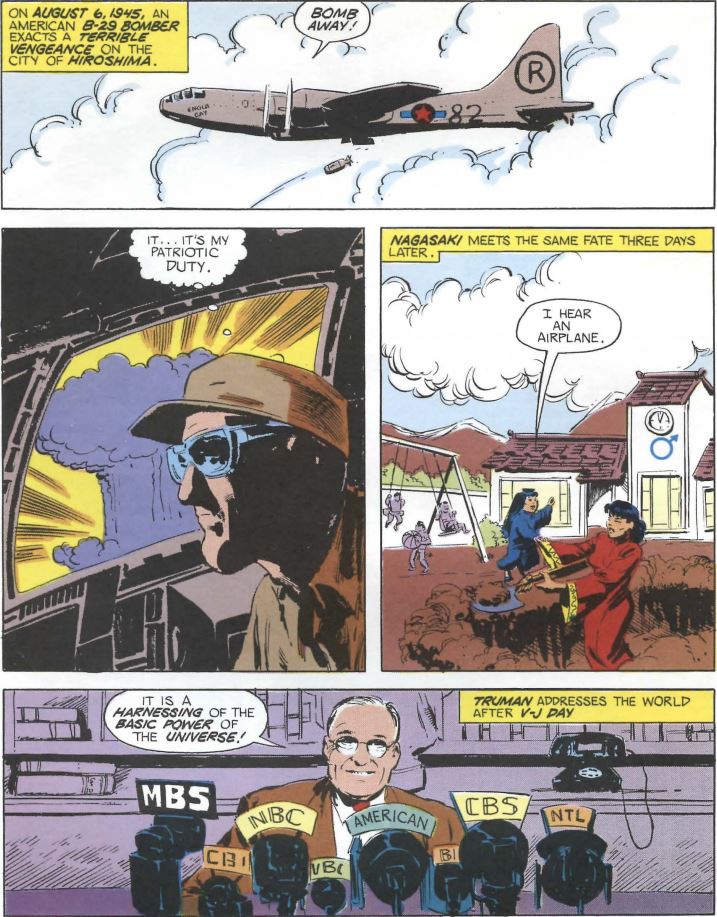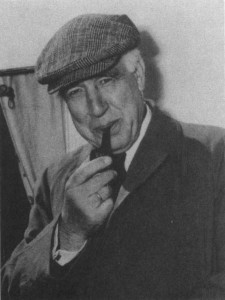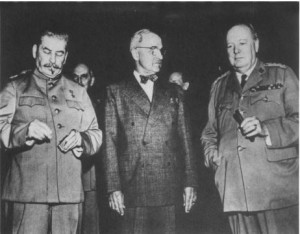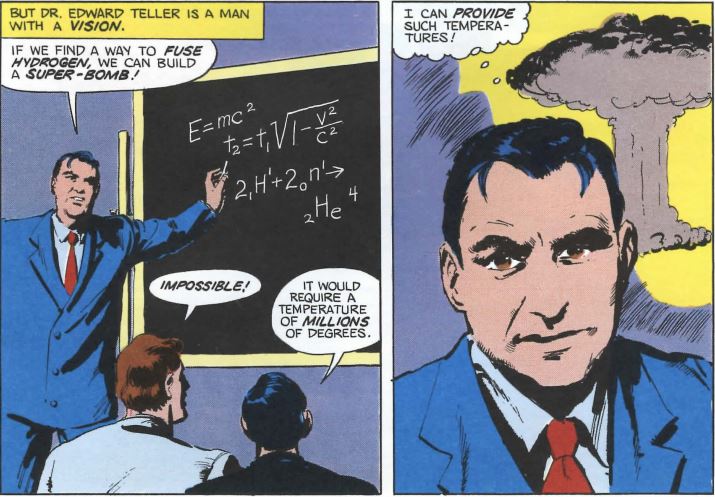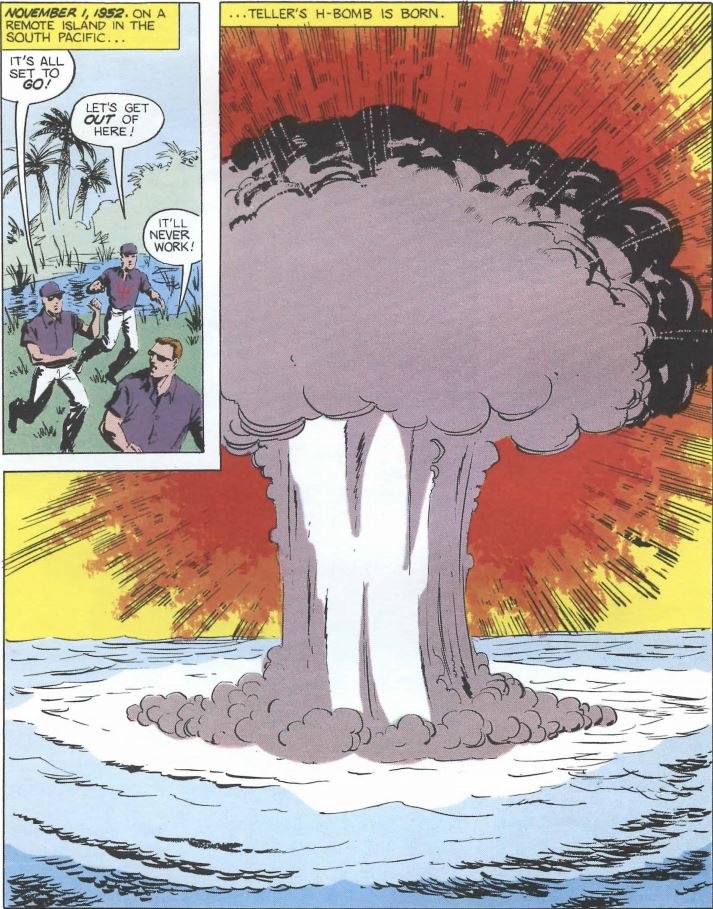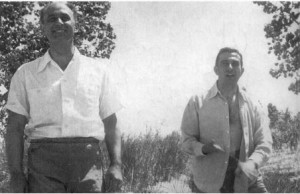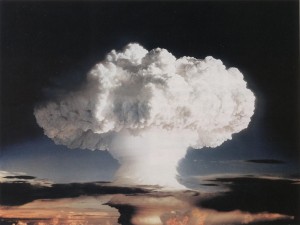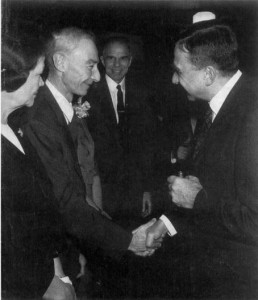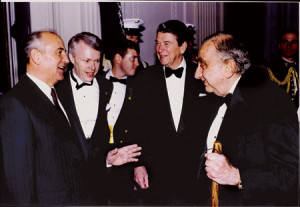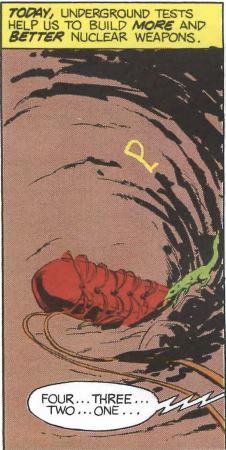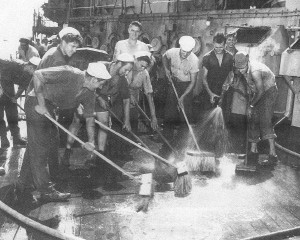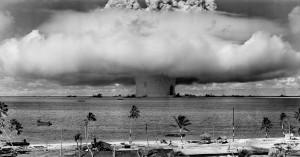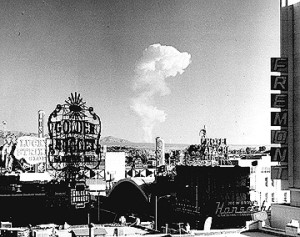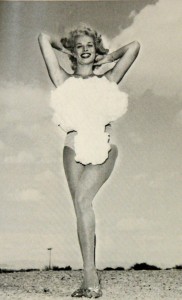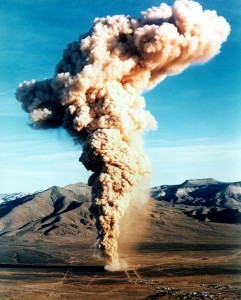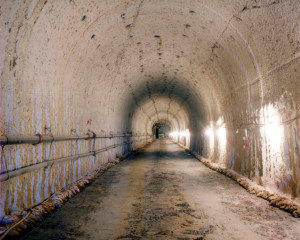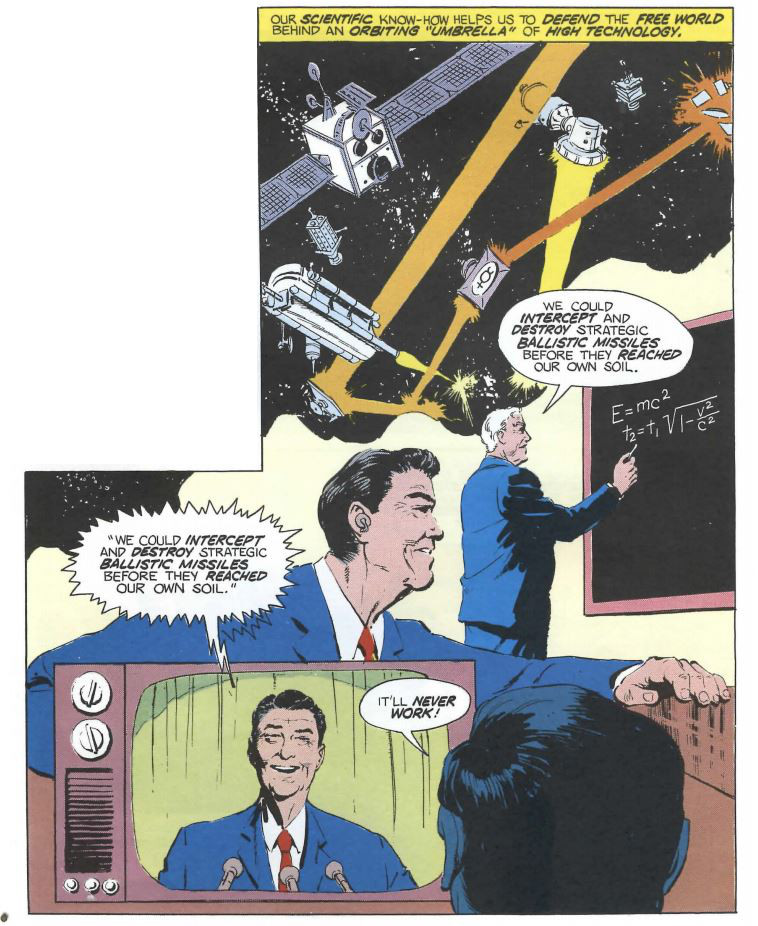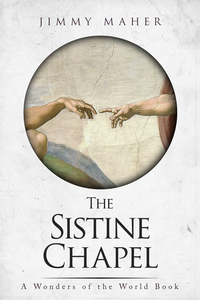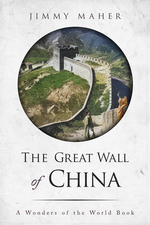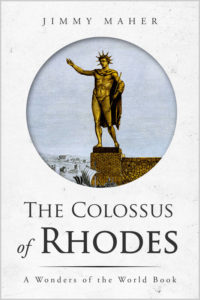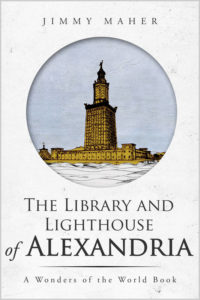Playground
A set of children's swings moves slowly back and forth in the humid breeze. Behind them stands a long building, its windows hung with flowers and birds folded from colored paper.
Mounds of dirt are heaped around a dark opening to the east. It appears to be a shelter of some kind.
Several small children are happily chasing dragonflies north of the swing set. Turning south, you see a group of adults (schoolteachers, by the looks of them), wearily digging another shelter like the first.
A little girl races between the swings, hot on the trail of a dragonfly. She trips and sprawls across the sand, laughing with hysterical glee. Then she sees you.
At first, you're sure she's going to scream. Her eyes dart back and forth between you and the teachers; you can see a cry forming on her lips.
Suddenly, the umbrella in your hand catches her eye. You watch her expression soften from fear to curiosity.
>examine girl
The girl is a cute four or five years old.
The girl can't keep her eyes off the umbrella.
You've noticed a faint sound coming from somewhere overhead. The girl turns to stare at the sky.
>girl, hello
The girl blinks uncomprehendingly.
The sound overhead grows louder. There's no mistaking the drone of aircraft.
The girl looks at you expectantly and tries to pull you towards the shelter.
Muttering with exasperation, the teachers drop their spades and begin to trudge in the direction of the shelter.
One teacher, a young woman, sees you standing in the sandpile and shrieks something in Japanese. Her companions quickly surround you, shouting accusations and sneering at your vacation shorts. You respond by pointing desperately at the sky, shouting "Bomb! Big boom!" and struggling to escape into the shelter.
This awkward scene is cut short by a searing flash.
On August 6, 1945, a B-29 Superfortress piloted by Colonel Paul Tibbets dropped the second atomic bomb ever to be exploded in the history of the world — and the first to be exploded in anger — on the Japanese city of Hiroshima. Three days later another B-29, piloted this time by Major Charles Sweeney, dropped another — the second and, so far, the last ever to be exploded in anger — on Nagasaki; it’s this event that Trinity portrays in the excerpt above. On August 15, Japan broadcast its acceptance of Allied surrender terms.
The cultural debate that followed, condensed into four vignettes:
In the immediate aftermath of the event, the support of the American public for the bombings that have, according to conventional wisdom, ended the most terrible war in human history is so universal that almost no one bothers to even ask them about it. One of the few polls on the issue, taken by Gallup on August 26, finds that 85 percent support the decision versus just 10 percent opposed. Some weeks later another poll finds that 53.5 percent “unequivocally” support the country’s handling of its atomic arsenal during the war. Lest you think that that number represents a major drop-off, know that 22.7 percent of the total don’t equivocate for the reason you probably think: they feel that the United States should have found some way to drop “many more” atomic bombs on Japan between August 6 and August 15, just out of sheer bloody-mindedness. Newspapers and magazines are filled with fawning profiles of the “heroes” who flew the missions, especially of their de facto spokesman Tibbets, who comes complete with a wonderfully photogenic all-American family straight out of Norman Rockwell. He named his B-29 the Enola Gay after his mother, for God’s sake! Could it get any more perfect? Tibbets and the rest of the Enola Gay‘s crew march as conquering heroes through Manhattan as part of the Army Day Parade on April 6, 1946. The Enola Gay becomes a hero in her own right, with the New York Times publishing an extended “Portrait of a B-29” to tell her story. When she’s assigned along with Tibbets himself to travel to Bikini Atoll to possibly drop the first Operations Crossroads bomb, the press treat it like Batman and his trusty Batmobile going back into action. (The Enola Gay is ultimately not used for the drop. Likewise, Tibbets supervises preparations, but doesn’t fly the actual mission.)
Fast-forward twenty years, to 1965. The American public still overwhelmingly supports the use of the atomic bomb, while the historians regard it as having saved far more lives than it destroyed in ending the war when it did and obviating the need for an invasion of Japan. But now a young, Marxist-leaning economic historian named Gar Alperovitz reopens the issue in his first book: Atomic Diplomacy: Hiroshima and Potsdam. It argues that the atomic bomb wasn’t necessary to end World War II, and, indeed, that President Truman and his advisers knew this perfectly well. It was used, Alperovitz claims, to send a message to the Soviet Union about this fearsome new power now in the United States’s possession. The book, so much in keeping with the “question everything your parents told you” ethos of the burgeoning counterculture, becomes surprisingly popular amongst the youth, and at last opens up the question to serious historiographical debate in the universities.
Fast-forward thirty years, to the mid-1990s. The Smithsonian makes plans to unveil the newly restored Enola Gay, which has spent decades languishing in storage, as the centerpiece of a new exhibit: The Crossroads: The End of World War II, the Atomic Bomb, and the Cold War. The exhibit, by most scholarly accounts a quite rigorously balanced take on its subject matter that strains to address thoughtfully both supporters and condemners of the atomic bombings, is met with a firestorm of controversy in conservative circles for giving a voice to critics of the bombing at all, as well as for allegedly paying too much attention to the suffering of the actual victims of the bombs. They object particularly to the charred relics from Hiroshima that are to be displayed under the shadow of the Enola Gay, and to the quotations from true-blue American heroes like Dwight Eisenhower voicing reservations about the use of the bomb. Newt Gingrich, the newly minted Republican Speaker of the House, condemns the Smithsonian and the director of its National Air and Space Museum, Martin Harwit, as “cultural elites” telling Americans “they ought to be ashamed of their country.” Tibbets, still greeted as a hero in some circles but now condemned as an out-and-out war criminal in others, proclaims the proposed exhibit simply “a damn big insult” whilst reiterating that he feels not the slightest pang of conscience over what he did and sleeps just fine every night. In the end the grander ambitions for the exhibit are scuttled and Harwit harried right out of his job. Instead the Smithsonian sets up the Enola Gay as just another neat old airplane in its huge collection, accompanied by only the most perfunctory of historical context in the form of an atomic-bombing-justifying placard or two.
Fast-forward another ten years. On November 1, 2007, Paul Tibbets dies at the age of 92. The blizzard of remembrances and obituaries that follow almost all feel compelled to take an implicit or explicit editorial position on the atomic bombings, which are as controversial now as they’ve ever been. Conservative writers lay on the “American hero” rhetoric heavily. It’s the liberal ideologues, though, who become most disingenuously strident this time. Many resort to rather precious forms of psychoanalysis in trying to explain Tibbets’s lifelong refusal to express remorse for dropping the bomb, claiming that it means he had either been a sociopath or deeply troubled inside and holding himself together only through denial. They project, in other words, their own feelings toward the attack onto him whilst refusing him the basic human respect of accepting that maybe the position he had steadfastly maintained for sixty years was an honest, considered one rather than a product of psychosis.
If support for the atomic bombings of Japan equals mental illness there were an awful lot of lunatics loose in the bombings’ immediate aftermath. If we could go back and ask these lunatics, they’d likely be very surprised that people are still debating this issue at all today. Well before 1950 the history seemed largely to have been written, the debate already long settled in the form of the neat logical formulation destined to appear in high-school history texts for many decades, destined to be trotted out yet again for the bowdlerized version of the Enola Gay exhibit. Japan, despite being quite obviously and comprehensively beaten by that summer of 1945, still refused to surrender. But then, as the Smithsonian’s watered-down exhibit put it: “The use of the bomb led to the immediate surrender of Japan and made unnecessary the planned invasion of the Japanese home islands. Such an invasion, especially if undertaken for both main islands, would have led to very heavy casualties among American, Allied, and Japanese armed forces, and Japanese civilians.” The bombings were terrible, but much less terrible than the alternative of an invasion of the Japanese home islands, which was estimated to likely cost as many as 1 million American casualties, and likely many times that Japanese.
For a sense of the sheer enormity of that figure of 1 million casualties, consider that it’s very similar to the total of American casualties in both Europe and the Pacific up to the summer of 1945. Thus we’re talking here about a potential doubling of the United States’s total casualties in World War II, and very possibly the same for Japan’s already much more horrific toll. The only other possible non-nuclear alternative would have been a blockade of the Japanese home islands to try to starve them out of the war, a process that could have taken many months or even years and brought with it horrific civilian death and suffering in Japan itself as well as a slow but steady dribble of Allied casualties amongst the soldiers, sailors, and airmen maintaining the blockade. For a nation that just wanted to be done with the war already, this was no alternative at all.
Against the casualties projected for an invasion or even an extended blockade, the 200,000 or so killed in Hiroshima and Nagasaki starts to almost seem minor. I’d be tempted to say that you can’t do this kind of math with human lives, except that we did and do it all the time; see the platitudes about the moderate, unfortunate, but ultimately acceptable “collateral damage” that has accompanied so many modern military adventures. So, assuming we can accept that, while every human life is infinitely precious, some infinities are apparently bigger than others (Georg Cantor would be proud!), the decision made by Truman and his advisers would seem, given the terrible logic of war, the only reasonable one to make… if only this whole version of the administration’s debate wasn’t a fabrication.
No, in truth Truman never had anything like the debate described above with his staffers — unsurprisingly, as the alleged facts on which it builds are either outright false or, at best, highly questionable. Far from being stubbornly determined to battle on to the death, Japan was sending clear feelers through various diplomatic channels that it was eager to discuss peace terms, with the one real stumbling block being the uncertain status under the Allies’ stated terms of “unconditional surrender” of the Emperor Hirohito. Any reasonably perceptive and informed American diplomat could have come to the conclusion that was in fact pretty much the case in reality: that many elements of this proud nation were still in the Denial phase of grief, clinging to desperate pipe dreams like a rescue by, of all people, a Soviet Union that suddenly joined Japan against the West — but, as those dreams were shattered one by one, Japan as a whole was slowly working its way toward Acceptance of its situation. Given these signs of wavering resolution, it seems highly unlikely that an invasion of Japan, should it have been necessary at all, would have racked up 1 million casualties on the Allied side alone. That neat round figure is literally pulled out of the air, from a despairing aside made by Truman’s aging, war-weary Secretary of War Henry Stimson. Army Chief of Staff George Marshall engaged in a similar bit of dead reckoning, based on nothing but intuition, and came up with a figure of 500,000. Others reckoned more in the range of 250,000. The only remotely careful study, the only one based on statistical methods rather than gut feelings, was one conducted by the Army that estimated casualties of 132,500 — 25,000 of them fatalities — for an invasion of Kyushu, 87,500 casualties — 21,000 of them fatalities — if a follow-up invasion of Honshu also became necessary. Of course, nobody really knew. How could they? The only thing we do know is that 1 million was the highest of all the back-of-the-napkin estimations and over four times the military’s own best guess, meaning it’s better taken as an extreme outlier — or at least a worst-case scenario — than a baseline assumption.
The wellspring for the problematic traditional narrative about the use of the atomic bomb is an article which Henry Stimson wrote for the February 1947 issue of Harper’s Magazine. This article was itself written in response to the first mild stirrings of moral qualms that had begun the previous year in the media in response to the publication of John Hersey’s searing work of novelistic journalism Hiroshima. Stimson’s response sums up the entire debate and the ultimate decision to drop the bombs so eloquently, simply, and judiciously that it effectively ended the debate when it had barely begun. The two most salient planks of what’s become the traditionalist view of the bombing — Japan’s absolute refusal to surrender and that lovely, memorable round number of 1 million casualties — stand front and center. This neat version of events would later be enshrined in the memoirs of Truman and his associates.
Yet, as we’ve seen, Stimson’s version of the debate must be, at best, not quite the whole truth. I want to return to it momentarily to examine the biggest lie therein, which I consider to be profoundly important to really understanding the use of the bomb. But first, what of the stories told by those of later generations who would condemn the use of the bomb? They’ve staked various positions over the years, ranging from unsubstantiated claims of racism as the primary motivator to arguments derived from moral absolutism: “One cannot firmly be against any use of nuclear weapons yet make an exception in the case of Hiroshima,” writes longtime anti-nuclear journalist and advocate Greg Mitchell. Personally, I don’t find unnuanced tautologies of that stripe particularly helpful in any situation; there’s always context, always exceptions.
By far the strongest argument made against the use of the atomic bomb is the one that was first deployed by Gar Alperovitz to restart the debate in 1965: that external political concerns, particularly the desire to send a message to the Soviet Union, had as much or more to do with the use of the bomb than a simple desire to end the war as quickly and painlessly as possible. While the evidence isn’t quite as cut-and-dried as many condemners would have it, there’s nevertheless enough fire under this particular smokescreen to make any proponent of the atomic bombing as having merely been doing what was necessary to end the war with Japan at least a bit uncomfortable.
It was the evening of the first day of the Potsdam Conference involving Truman, Stalin, Winston Churchill, and their respective staffs when Truman first got word of the success of the Trinity test. Many attendees remarked the immediate change in his demeanor. After having appeared a bit hesitant and unsure of himself during the first day, he started to assert himself boldly, almost aggressively, against Stalin. Suddenly, noted a perplexed Churchill, “he told the Russians just where they got on and off and generally bossed the whole meeting.” Only when Churchill got word from his own people of the successful test did all become clear: “Now I know what happened to Truman yesterday…”
There follow Potsdam in the records of the administration’s internal discussions a disturbing number of expressions of hopes that the planned atomic bombings of Japan will serve as a forceful demonstration to Stalin that the United States should not be trifled with in the fast-approaching postwar world order. Secretary of State Jimmy Byrnes in particular gloated repeatedly that the atomic bomb should make the Soviets “more manageable” in general; that it would “induce them to yield and agree to our positions”; that it had given the United States “great power.”
But we have to be careful here in constructing a chain of causality. While it’s certainly clear that Truman and many around him regarded the bomb as a very useful lever indeed against increasing Soviet intractability, this was always discussed as simply a side benefit, not a compelling reason to use the bomb in itself. There were, in other words, lots of musing asides, but no imperatives in the form of “drop the bomb so that we can scare the Russians.” Truman’s diary entry after learning of the Trinity test mentions the Soviets only as potential allies against Japan: “Believe Japs will fold up before Russia comes in. I am sure they will when Manhattan explodes over their homeland.”
If we consider actions in addition to words the situation begins to look yet more ambiguous. Prior to Potsdam the United States had been pushing the Soviet Union with some urgency to enter the war against Japan, believing a Soviet invasion of Manchuria would tie down Japanese troops and resources should an American-led home-island invasion become necessary. The Truman administration also believed a Soviet declaration might, just might, provide the final shock that would bring Japan to its senses and cause it to surrender without an invasion. But in the wake of Trinity American diplomats abruptly ceased to pressure their Soviet counterparts. The Soviet Union would declare war at last anyway on August 8 (in between the two atomic bombings), but the United States, once it had the bomb, would seem to have judged that ending the war with the bomb would be preferable for its interests than having the war end thanks to the Soviet Union’s entry. The latter could very well give Stalin postwar justification for laying claim to Manchuria or other Japanese territories, claiming part of the spoils of a war in which the Soviet Union had participated only at the last instant. An additional implicit consideration may have been the conviction of Byrnes and others that it wouldn’t hurt postwar negotiations a bit to show Stalin just what a single American bomber could now do. The realpolitik here isn’t pretty — it seldom is — but what to make of the whole picture is far from clear. The words and actions of Truman and his advisers would seem ambiguous enough to be deployed in the service of any number of interpretations, from condemnations of them as war criminals to assertions that they were simply doing their duty in prosecuting to the relentless utmost of their abilities their war against an implacable enemy. Yes, interpretations abound, most using the confusing facts as the merest of scaffolds for arguments having more to do with ideology and emotion. I won’t presume to tell you what you should think. I would just caution you to tread carefully and not to judge too hastily.
In that spirit, it’s time now to come back to the biggest lie in Stimson’s article. Quite simply, the entire premise of the article is untrue. Actually, there was no debate at all over whether the atomic bomb should be used on Japan.
Really. Nowhere is there any record of any internal debate at all over whether the atomic bomb should be dropped on Japan. There were debates over when it should be used; on which cities it should be used; whether the Japanese should be warned beforehand; whether it should be demonstrated to the Japanese in open country or open ocean before starting to bomb their cities. But no one, no one inside the administration ever even raised the shadow of a suggestion that it should simply be declared too horrible for use and mothballed. Not even among the scientists who built the bomb, many of whom would become advocates in the postwar years for atomic moderation or abolition, is there even a hint of such an idea. Even Niels Bohr, who was frantically begging anyone in Washington who would listen to think about what the bomb might mean to the future of civilization, simply assumed that it would be used as soon as it was ready to end this war; his concern was for the world and the wars that would follow. Interestingly, the only on-the-record questioners of the very idea of using the atomic bomb are a handful from the military who had no direct vote on the strategic conduct of the war in the Pacific, like — even more interestingly — Dwight Eisenhower. Those unnoticed voices aside, the whole debate over the use of the atomic bomb on Japan is largely anachronistic in that nobody making the big decisions at the time ever even thought to raise it as a question. The use of the bomb, now that it was here, was a fait accompli. I really believe that this is a profoundly important idea to grasp. If you insist on seeing this conspicuously missing debate as proof of the moral degradation of the Truman administration, fair enough, have at it. But I see it a little bit differently. I see it as a sign of the difference between peace and war.
The United States has visited war upon quite a number of nations in recent decades, but the vast majority of Americans have never known war — real war, total war, war as existential struggle — and the mentality it produces. I believe that this weirdly asymmetrical relationship with the subject has warped the way many Americans view war. We insist on trying to make war, the dirtiest business there is, into a sanitized, acceptable thing with our “targeted strikes” and our rhetoric about “liberating” rather than conquering, all whilst wringing our hands appropriately when we learn of “collateral damage” among civilians. Meanwhile we are shocked at the brutal lengths the populations of the countries we invade will go to to defend their homelands, see these lengths as proof of the American moral high ground (an Abu Ghraib here or there aside), while failing to understand that what is to us a far-off exercise in communist control or terrorist prevention is to them a struggle for national and cultural survival. Of course they’re willing to fight dirty, willing to do just about anything to kill us and get us out of their countries.
World War II, however, had no room for weasel words like “collateral damage.” It was that very existential struggle that the United States has thankfully not had to face since. This brought with it an honesty about what war actually is that always seems to be lacking in peacetime. If the conduct of the United States during the war in the Pacific was not quite as horrendous as that of Japan, plenty of things were nevertheless done that our modern eyes would view as atrocities. Throughout the war, American pilots routinely machine-gunned Japanese pilots who had bailed out of their stricken aircraft — trained pilots being far, far more precious a commodity to the Japanese than the planes they flew. And on the night of March 9, 1945, American B-29s loosed an incendiary barrage on Tokyo’s residential areas carefully planned to burn as much of the city as possible to the ground and to kill as many civilians as possible in the process; it managed to kill at least 100,000, considerably more than were killed in the atomic bombing of Nagasaki and not far off the pace of Hiroshima. These scenes aren’t what we think of when we think of the Greatest Generation; we prefer a nostalgic Glen Miller soundtrack and lots of artfully billowing flags. Our conception of a World War II hero doesn’t usually allow for the machine-gunning of helpless men or the fire-bombing of civilians. But these things, and much more, were done.
World War II was the last honest war the United States has fought because it was the last to acknowledge, at least tacitly, the reality of what war is: state-sponsored killing. If you’re unlucky enough to lead a nation during wartime, your objective must be to prosecute that war with every means at your disposal, to kill more of your enemy every single day than he kills of your own people. Do this long enough and eventually he will give up. If you have an awesome new weapon to deploy in that task, one which your enemy doesn’t possess and thus cannot use to retaliate in kind, you don’t think twice. You use it. The atomic bomb, the most terrible weapon the world has ever known, was forged in the crucible of the most terrible war the world has ever known. Of course it got used. The atomic bombings of Japan and all of the other terrible deeds committed by American forces in both Europe and the Pacific are not an indictment of Truman or his predecessor Roosevelt or of the United States; they’re an indictment of war. Some wars, like World War II, are sadly necessary to fight. But why on earth would anyone who knows what war really means actually choose to begin one? The collective American denial of the reality of war has enabled a series of elective wars that have turned into ugly, bleeding sores with no clear winners or losers; somehow the United States is able to keep mustering the will to blunder into these things but unable to muster the will to do the ugly things necessary to actually win them.
The only antidote for the brand of insanity that leads us to freely choose war when any other option is on the table is to be forced to stop thinking about it in the abstract, to be confronted with some inkling of the souls we’re about to snuff out and the suffering we’re about to cause. This is one of the services that Trinity does for us. For me, the most moving moment in the entire game is the one sketched out at the beginning of this article, when you meet a sweet little girl who’s about to become a victim of the world’s second atomic-bomb attack. Later — or earlier; chronology is a tricky thing in Trinity — you’ll meet her again, as an old woman, in Kensington Gardens.
>examine woman
Her face is wrong.
You look a little closer and shudder to yourself. The entire left side of her head is scarred with deep red lesions, twisting her oriental features into a hideous mask. She must have been in an accident or something.
A strong gust of wind snatches the umbrella out of the old woman's hands and sweeps it into the branches of the tree.
The woman circles the tree a few times, gazing helplessly upward. That umbrella obviously means a lot to her, for a wistful tear is running down her cheek. But nobody except you seems to notice her loss.
After a few moments, the old woman dries her eyes, gives the tree a vicious little kick and shuffles away down the Lancaster Walk.
That scene breaks my heart every time I read it, and I’m still not entirely sure why.
I like the fact that Trinity goes to Nagasaki rather than Hiroshima. The Hiroshima attack, the more destructive of the two bombings in human lives by a factor of at least two and of course the first, normally gets all of the attention in art and journalism alike. Indeed, it can seem almost impossible to avoid emphasizing Hiroshima over Nagasaki; I’ve done it repeatedly in this article, even though I started out vowing not to. “We are an asterisk,” says Nagasaki sociologist Shinji Takahashi with a certain bitter sense of irony. “The inferior a-bomb city.” Nagasaki wasn’t even done the honor of being selected as a target for an atomic bomb. The B-29 that bombed Nagasaki had been destined for Kokura, but settled on Nagasaki after cloud cover and drifting smoke from a conventional-bombing raid made a drop on Kokura too problematic. An accident of clouds and wind cost 50,000 or more citizens of Nagasaki their lives, and saved the lives of God only knows how many in Kokura. As the Japanese themselves would say, such is karma. And such is the stuff of tragedy.
